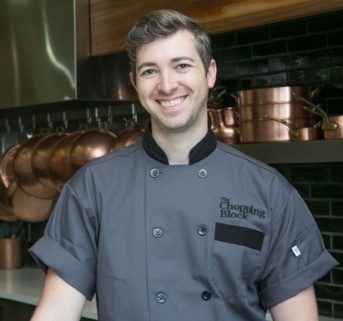The spring is a unique time of year for gathering edible goodies from the landscape. While there may not be as much growing as in the height of summer, there are a great many wild plants that only appear in spring, and often only for a very brief season (just a couple of weeks, or sometimes less).
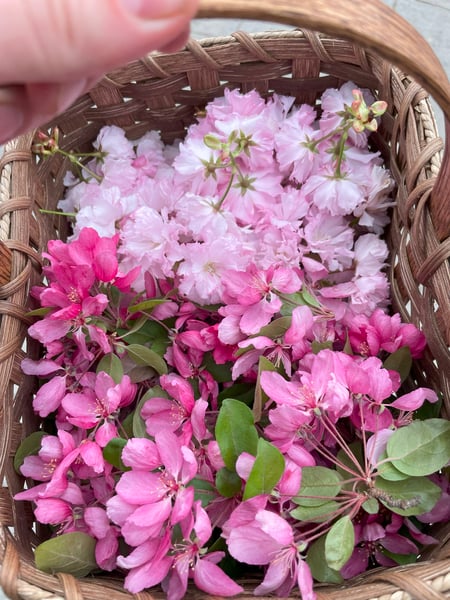 Of course, most frequently referenced among the spring ephemerals, at least in the northern US, are ramps, fiddlehead ferns, and morel mushrooms. These are great (except for fiddleheads which aren’t bad per se, but typically aren’t worth the $15/lb or more that are charged for them (in my opinion!)), and are highly sought after not only because they are delicious (except for fiddleheads) but because they often require hours of work to find and harvest, need specialized knowledge to identify, and are only around for a short window.
Of course, most frequently referenced among the spring ephemerals, at least in the northern US, are ramps, fiddlehead ferns, and morel mushrooms. These are great (except for fiddleheads which aren’t bad per se, but typically aren’t worth the $15/lb or more that are charged for them (in my opinion!)), and are highly sought after not only because they are delicious (except for fiddleheads) but because they often require hours of work to find and harvest, need specialized knowledge to identify, and are only around for a short window.
Furthermore certain species, like ramps, are slow growing and can take years to become established, this combined with their near universal appeal and high price tag have made them scarce in areas where they were once abundant. For this reason most foragers will tell you to just not harvest ramps anymore in many areas. The tragedy of the commons driven (as it always is), not by people’s inability to consume responsibly for the sake of others, but by the market.
So rather than prattle on about how great these spring time A-listers are for what must be the 1,345,890,456,723,090,853’th blog post on the internet, let's take a little time to look at some vernal harvests that are not only fun and tasty but abundant and beautiful. Let's talk about tree blossoms.
There are many different trees that flower in spring, but among the most abundant and fragrant among them are fruit tree blossoms. The most famous fruit tree blossoms that are turned into edible delights are cherry blossoms. In Japan, cherry blossoms (or sakura) are prized for their beauty and are preserved in salt and umeboshi vinegar to be used in sweets and other dishes all year long.
Cheery blossoms (and most flowers in general except herb flowers), don’t have an abundance of flavor, but by preservation through salting, pickling, drying, candying, or fermenting can be transformed into a unique expression of the plant’s characteristics. Cherry blossoms, for instance, even when eaten raw (which you shouldn’t do too much due to cyanide) have a little hit of almond flavor and sweet nectar. There are lots of different varieties of cherry, which yield many different varieties of blossom, but the one that's easiest to find (at least where I live) is the Japanese flowering cherry with its ornate ruffled pink petals.
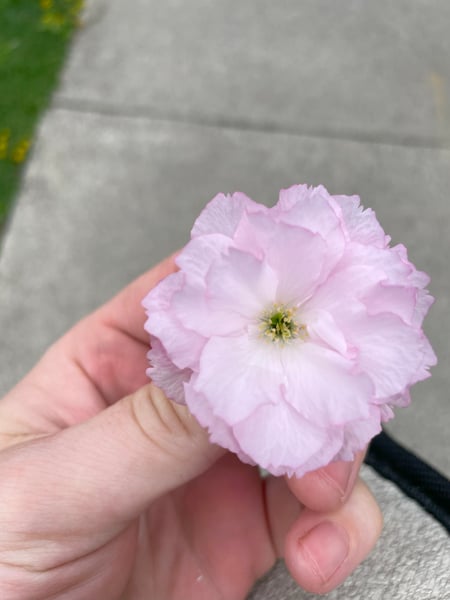 These are commonly planted in both public and private spaces as ornamentals, and they yield an explosive abundance of flowers which means even if you harvest a lot from the same tree it will probably look like you were never there.
These are commonly planted in both public and private spaces as ornamentals, and they yield an explosive abundance of flowers which means even if you harvest a lot from the same tree it will probably look like you were never there.
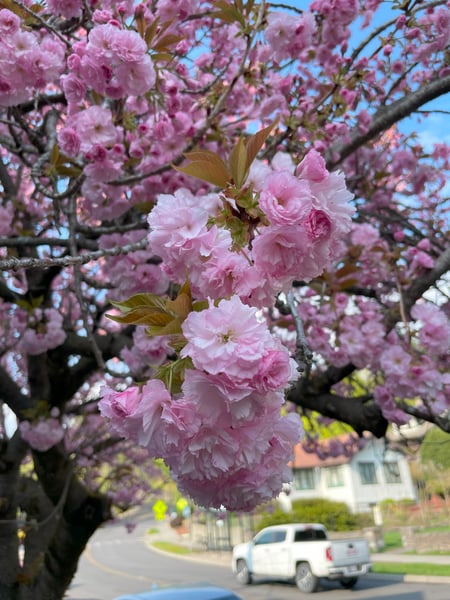 The cherry isn’t the only fruit tree blossom worth harvesting though. Virtually every species of Prunus (plums, cherries, peaches, nectarines, apricots, and almonds), Malus and Pyrus (domesticated and wild apples, crabapples, and pears) have beautiful and tasty flowers.
The cherry isn’t the only fruit tree blossom worth harvesting though. Virtually every species of Prunus (plums, cherries, peaches, nectarines, apricots, and almonds), Malus and Pyrus (domesticated and wild apples, crabapples, and pears) have beautiful and tasty flowers.
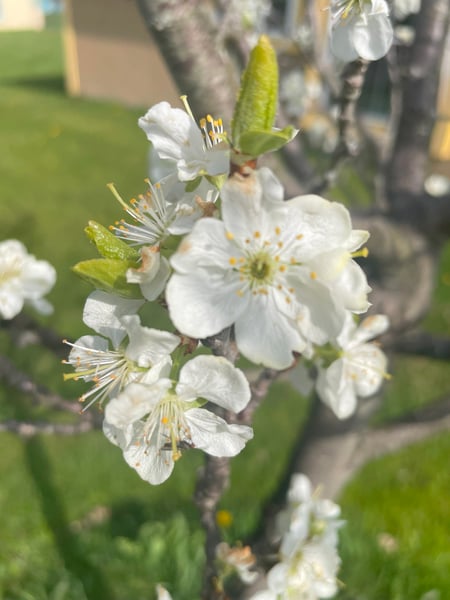 Sour cherry blossom
Sour cherry blossom
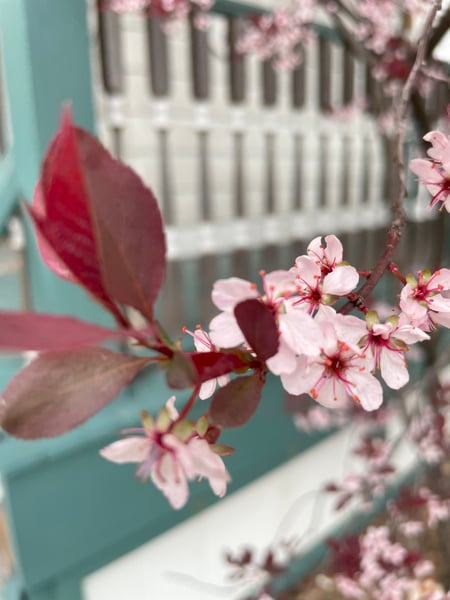 Dwarf red leaf plum blossom
Dwarf red leaf plum blossom
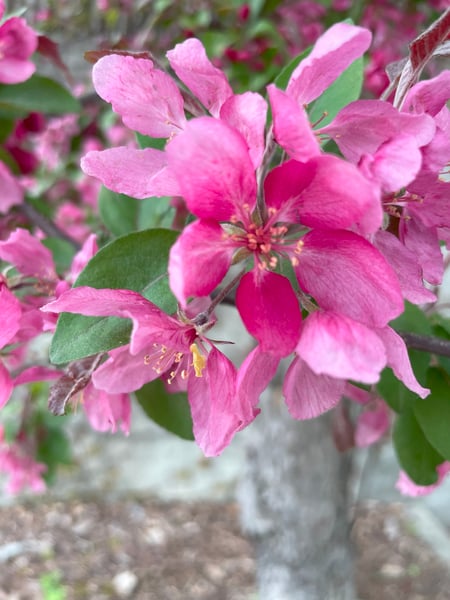 Japanese crabapple blossoms
Japanese crabapple blossoms
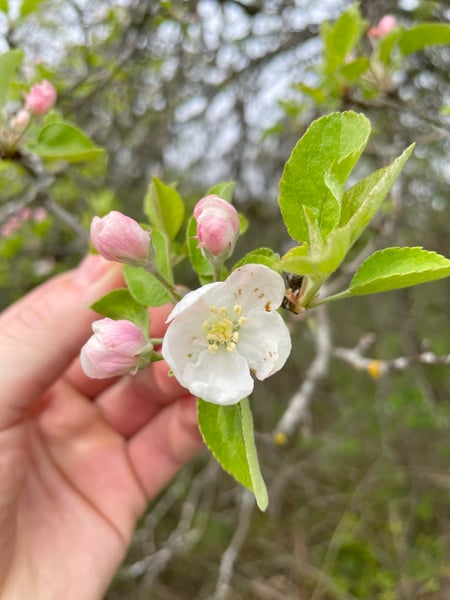 Wild apple blossom
Wild apple blossom
But it doesn’t stop at fruit trees. Some of my favorite tree blossoms to eat are magnolias with their substantial texture, and sharp flavor, and you can see a post from a couple springs ago to learn about eastern redbud. From there you could learn about black locust and honey locust which blooms a little later than the previously mentioned trees, but have very sweet flowers, as well as many other trees that might be unique to your area. Just make sure you have a 100% positive ID on any plant before eating it for the first time.
Once you’ve harvested your flowers, it's usually advisable to preserve them in some way. Not only because they don’t last that long once plucked from their branches, but also because its a good way to add some flavor. Here are some magnolias and redbuds that I preserved in a diluted honey syrup (to be fermented later) and pickled.
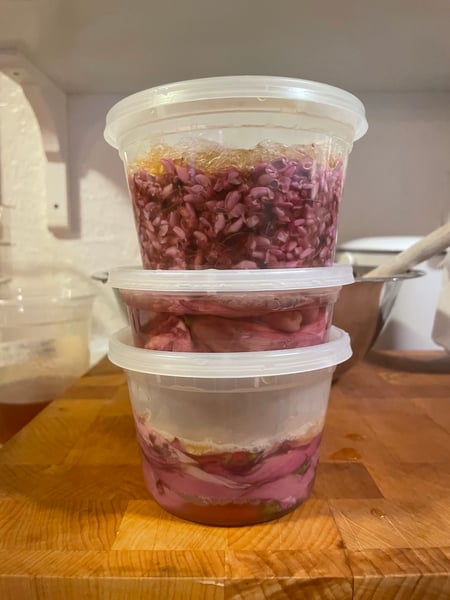 I hope this post has given you some inspiration to go out and enjoy the nice weather and appreciate the nature that may be growing around you. And if you want to learn some other Spring dishes to pair with your fragrant harvest, check out our upcoming Hands-On Date Night: Spring Dinner Party class on Friday, May 26 at 6pm at Lincoln Square.
I hope this post has given you some inspiration to go out and enjoy the nice weather and appreciate the nature that may be growing around you. And if you want to learn some other Spring dishes to pair with your fragrant harvest, check out our upcoming Hands-On Date Night: Spring Dinner Party class on Friday, May 26 at 6pm at Lincoln Square.


